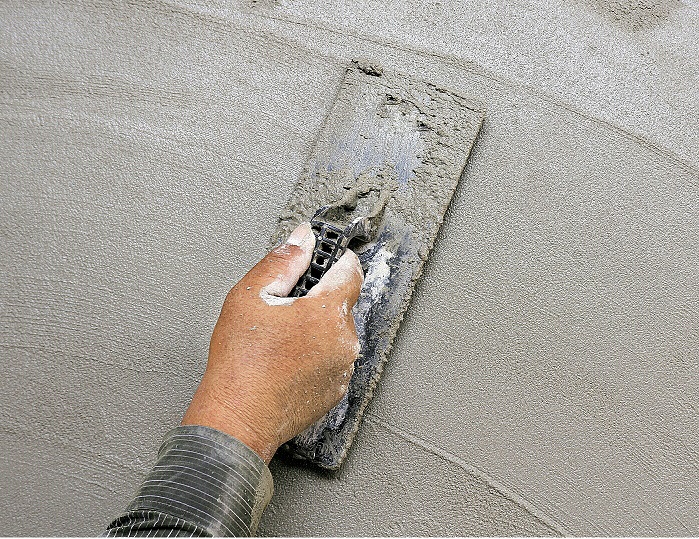Top Plastering Techniques to Boost Your Home Renovation Outcomes
Recognizing the Essential Methods of Smudging for Home Renovation Projects
In the world of home renovation, grasping the important techniques of smudging can significantly enhance both the performance and aesthetic appeal of a room. Different approaches exist, each customized to particular applications, whether for restoring historical stability or improving insides. The plastering process incorporates critical points, from careful surface area preparation to the precise application of products. Understanding these foundational aspects is crucial, yet lots of house owners overlook common challenges that can undermine their initiatives. As we check out these techniques further, the subtleties of attaining a remarkable surface will come to be progressively evident.
Sorts Of Smudging Techniques
Although numerous gluing techniques exist, each serves an unique purpose and supplies unique aesthetic top qualities. One of the most common techniques is traditional lime plastering, which is understood for its breathability and adaptability. This technique is specifically advantageous for older frameworks, allowing dampness to run away while maintaining structural honesty.
Another widely made use of technique is gypsum plastering, which includes the application of a quick-setting substance. It gives a smooth finish and is suitable for interior walls and ceilings, making it a preferred option in modern construction. For a much more distinctive appearance, trowel-on plastering strategies such as stucco and Venetian plaster are commonly used. Stucco, commonly used in outsides, offers longevity and weather resistance, while Venetian plaster is renowned for its glamorous, refined finish.
Furthermore, there are extra specialized techniques, such as skimming, which is a procedure that entails using a thin layer of plaster over existing surfaces to produce a smooth surface. Each of these techniques can substantially affect the overall aesthetic and functionality of a space, making it vital to select the proper approach based upon the certain demands of a job.

Tools and Materials Needed

The hawk serves as a platform to hold the plaster, while the trowels, offered in various sizes, are important for application and smoothing. A float, often made of rubber or sponge, is utilized to accomplish an uniform coating.

Spending in top quality devices and products inevitably adds to an extra effective plastering task, generating a durable and cosmetically pleasing finish. Correctly equipped, you lay the foundation for efficient plastering and home improvement.
Step-by-Step Plastering Process
With the right tools and products in hand, the following stage involves executing the gluing procedure with precision. Begin by preparing the surface to guarantee ideal adhesion. Remove any loosened debris, dust, or old plaster, and use a bonding agent if necessary.
When the surface area is prepped, mix the plaster according to the maker's instructions, achieving a smooth, lump-free consistency. Utilizing a trowel, apply the very first coat, known as the scratch layer, to a density of about 5-10 mm. Make sure consistent coverage, and utilize a comb or scratcher to create grooves for much better adhesion of subsequent layers.
After allowing the scratch coat to set partly, use the second coat, or the brown coat, smoothing click for info it out for an also finish. Apply the completing layer, which ought to be thinner and smoother.
Once the plaster has dried out completely, it can be sanded lightly to get rid of flaws. Adhere to up with a primer before paint for a polished last appearance.
Typical Mistakes to Avoid
Falling short to recognize typical errors can dramatically impact the high quality of your plastering job. Neglecting to repair any type of underlying concerns, such as dampness or structural damage, can endanger the plaster's stability.

Timing is additionally critical; several unskilled plasterers rush the application. Allowing the initial layer to dry entirely prior to applying subsequent layers is important to stop too much fracturing and shrinkage.
In enhancement, not making use of the right devices can impede the finishing procedure. Using trowels that are as well huge or little can impact your control and the level of smoothness of the finish.
Tips for Finishing Touches
Accomplishing a flawless surface in plastering requires attention to information and a few calculated methods. Once the initial application has actually dried out, begin the finishing procedure by utilizing a wet sponge or trowel to smooth out any type of blemishes. This step not just enhances the surface area but additionally helps to remove any type of excess plaster that may have dried out unevenly.
Following, take into consideration using a fine-grit sanding block or pole sander for an extra polished look. Fining sand must be done carefully to avoid damaging the underlying layer - Plastering. Constantly use a mask to shield versus dust breathing
After sanding, inspect the surface area under various illumination conditions to identify any kind of missed out on places or disparities. Use a slim layer of ending up plaster if essential, feathering out the sides to mix seamlessly with the surrounding area.
Verdict
In final thought, grasping vital plastering techniques considerably enhances the top quality of home renovation jobs. Comprehending the various kinds of smudging techniques, utilizing suitable tools and materials, and adhering to a methodical application process add to attaining a long lasting and smooth surface. By avoiding usual blunders and applying finishing touches effectively, the total visual appeal and capability of refurbished areas are assured. These techniques ultimately bring about successful and satisfying home enhancement end results.
In the world of home improvement, grasping the necessary techniques of gluing can dramatically enhance both the performance and visual appeal of an area.Although numerous plastering methods exist, each offers an unique objective and supplies unique visual high qualities. Plastering. For an extra distinctive appearance, trowel-on plastering strategies such as stucco and Venetian plaster are frequently employed. Stucco, generally made use of in exteriors, gives sturdiness that site and weather resistance, while Venetian plaster is renowned for its luxurious, refined coating
Commonly utilized plaster types include gypsum plaster, lime plaster, and cement-based plaster, each serving different purposes and atmospheres.